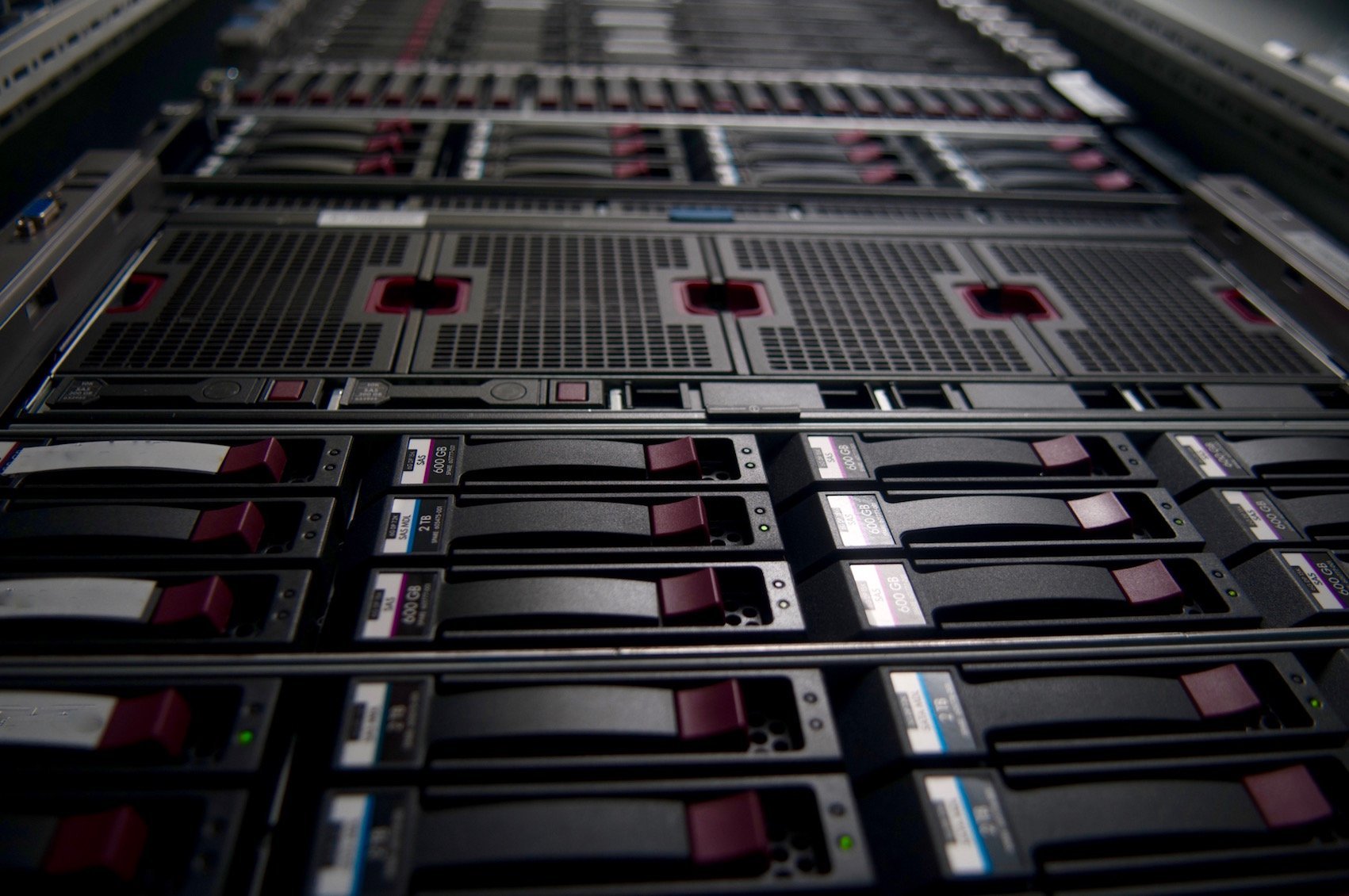There are many steps to take on the path to automation. Some are easier, some not so much.
One less popular step is documentation. Yes - the documentation you haven’t written. You know what I mean.
No matter how well written your code is, there usually is a gap between today’s YOU and the future YOU, who has to work with and pick up what you leave behind.
This is usually also the reason for writing the documentation last. Better ... [continue reading]



 A really useful Elasticsearch feature is the capability
A really useful Elasticsearch feature is the capability